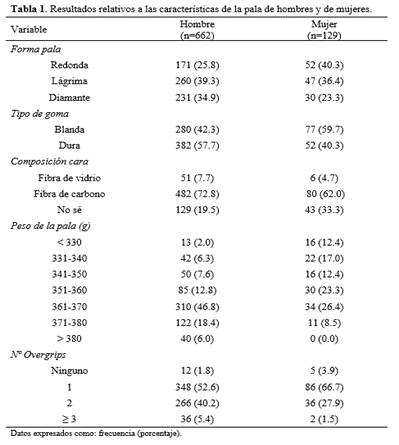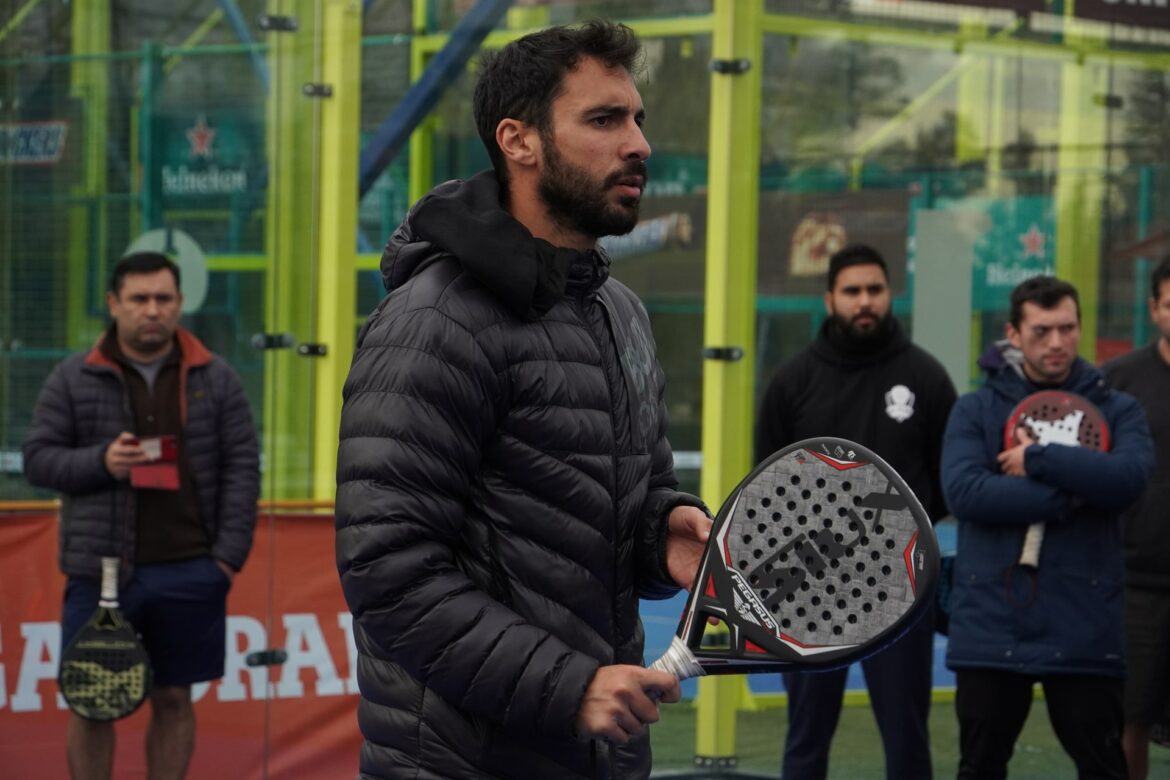Characteristics of the most commonly used rackets in amateur padel
Padel is one of the sports that has grown the most in recent years, both in terms of number of players and members, reaching almost 100,000 federative licences in 2020.
It is therefore interesting to know the characteristics of the practice, as well as the rackets used, as, on many occasions, they can cause injuries derived from their use and amount of practice, as well as the years of experience.
Statistics in amateur players
Firstly, more than 50% of the respondents had more than 5 years of experience playing padel, and only about 7% reported less than 1 year playing padel.
In addition, 47% of the respondents played padel between 4-6 hours a week, i.e. between 2-3 matches or lessons plus one match a week.
Only 20% had a practice of more than 6 hours per week. However, when analysing the data segmented by gender, we found a tendency for women to practice less hours per week than men.
Table 1 shows the characteristics of the padel rackets used by the population practising padel.
Table 1. Results for male and female racket characteristics

Data expressed as: frequency (percentage)
Gender differences
If we compare the data segmented by gender, we find certain differences to highlight.
Firstly, the shape of the racket, as women seem to opt more for round rackets, while men use more teardrop and diamond-shaped rackets.
There is also a greater use of heavier rackets in men than in women, who use lighter rackets.
As for the type of rubber used on the racket, men use mostly hard rubber (57.7%) and women use soft rubber (59.7%).
If we focus on the number of overgrips and the composition of the face, both use mostly 1 overgrip and carbon fibre, although it is true that in the case of men there is a high % of use of 2 overgrips.
Racket characteristics
Knowing the characteristics of the rackets used is of vital importance, especially for those who suffer injuries that could be derived from it.
It seems that, in the case of men, they tend to use heavier rackets with a high balance, to look for more power in their strokes, while in the case of women, they tend to use lighter rackets with a rounded shape, looking for more control in their game.
In this sense, this survey found a significant relationship between the volume of practice and the appearance of injuries:
“The higher the volume of practice, the greater the likelihood of injury, and viceversa”.
We also observed that experience could be another variable of interest since people with a high level of experience (≥ 5 years) show a clear tendency to suffer fewer injuries.
Therefore, the playing habits of the players and their experience in this sport could be determining aspects in the occurrence of injuries.
It should also be noted that other studies have shown the importance of the level of the player and, therefore, their technical level, in the occurrence of injuries.
“Higher level players show a lower number of injuries”.
This could be related to the above since players with more experience in the game should have a higher technical level.
Thus, we can also conclude the following:
“People with few years of experience or a poor technical level who practice many hours per week, could be the players most likely to suffer injuries”.
We hope to continue collecting data and information that will help us to better understand the practice of amateur padel.


